Every 10 kt decrease in groundspeed on a 3° ils glide path will require ? [ Question security ]
Question 188-1 : A decrease in the aircraft’s rate of descent of approximately 50 ft/min an increase in the aircraft’s rate of descent of approximately 100 ft/min an increase in the aircraft’s rate of descent of approximately 50 ft/min a decrease in the aircraft’s rate of descent of approximately 100 ft/min
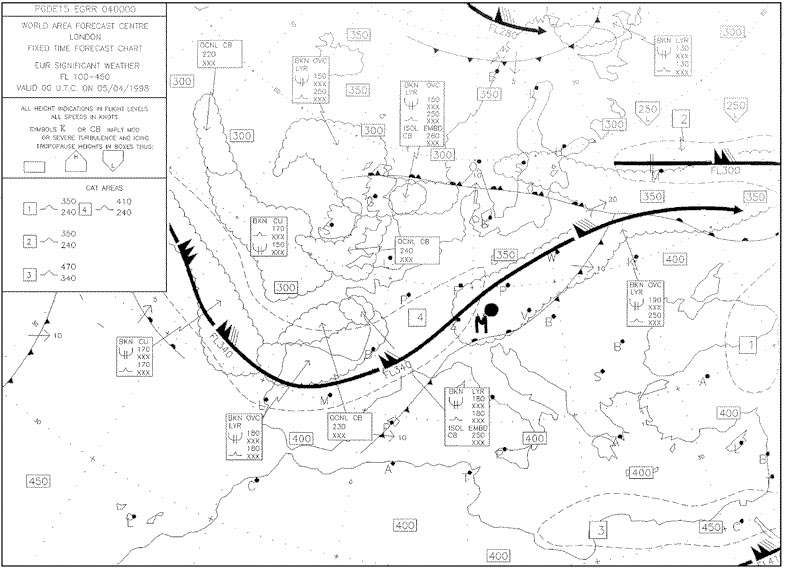 A decrease in the aircraft’s rate of descent of approximately 50 ft/min.
A decrease in the aircraft’s rate of descent of approximately 50 ft/min. If a failed rmi rose is stuck on 090° and the adf pointer indicates 225° the ?
Question 188-2 : 135° 315° impossible to read due to failure rmi 225°
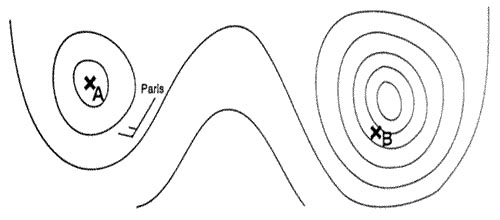 135°.
135°. Flying over a dme station at 36 000 ft what will be indicated on the dme ?
Question 188-3 : 6 nm 6 yards 11 6nm 9km
 6 nm
6 nm Quadrantal errors associated with aircraft automatic direction finding adf ?
Question 188-4 : Signal bending by the aircraft metallic surfaces misalignment of the loop aerial signal bending caused by electrical interference from aircraft wiring skywave/groundwave contamination
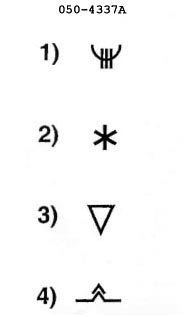 Signal bending by the aircraft metallic surfaces.
Signal bending by the aircraft metallic surfaces. The indication of a 'from / to' indicator of a cdi will shift from 'to / from' ?
Question 188-5 : 090° 135° 180° 045°
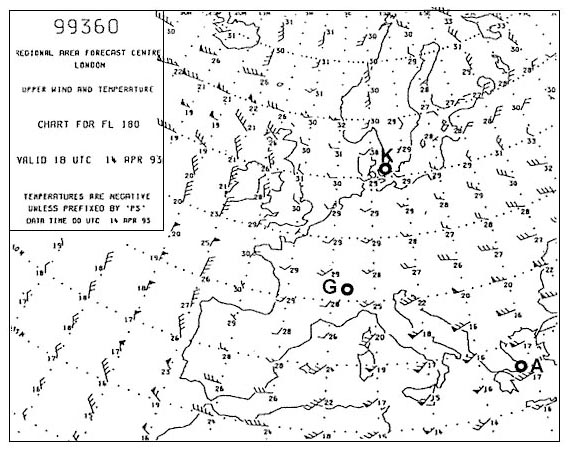 090°
090° The bfo selection will ?
Question 188-6 : Make the carrier wave audible cause the adf to automatically select the best frequency of nearby ndbs make the modulation tone audible increase the transmission signal of the ndb
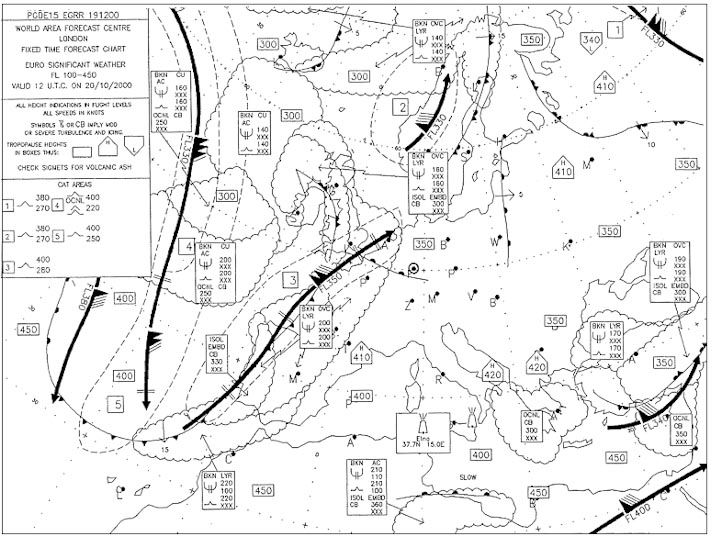 Make the carrier wave audible.
Make the carrier wave audible. What leads to the highest interference for an adf ?
Question 188-7 : Interference during the night other aircraft aerials signal shift during the day interference during the day
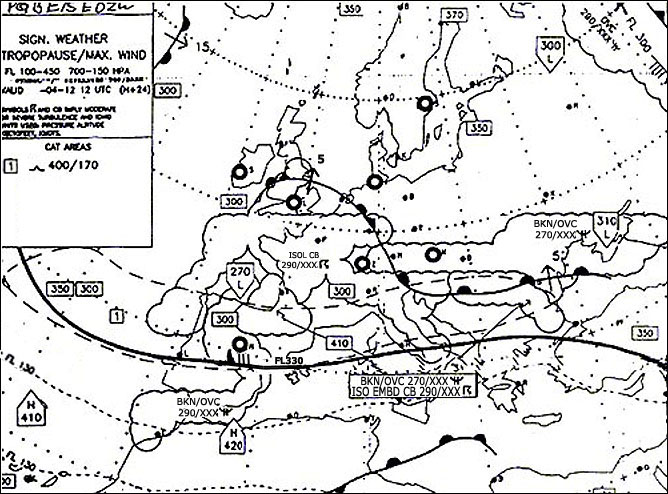 Interference during the night
Interference during the night When considering the workings of a co located vor/dme station the dme has ?
Question 188-8 : Same ident different tone different ident different tone different ident same tone same ident same tone
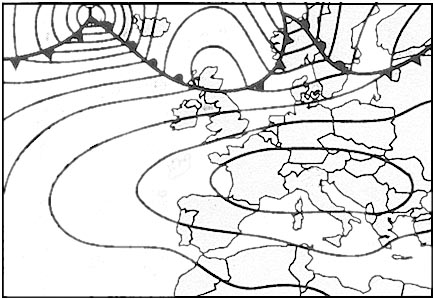 Same ident, different tone
Same ident, different tone Which one of the following has a limited range ?
Question 188-9 : Tvor dvor vot cvor
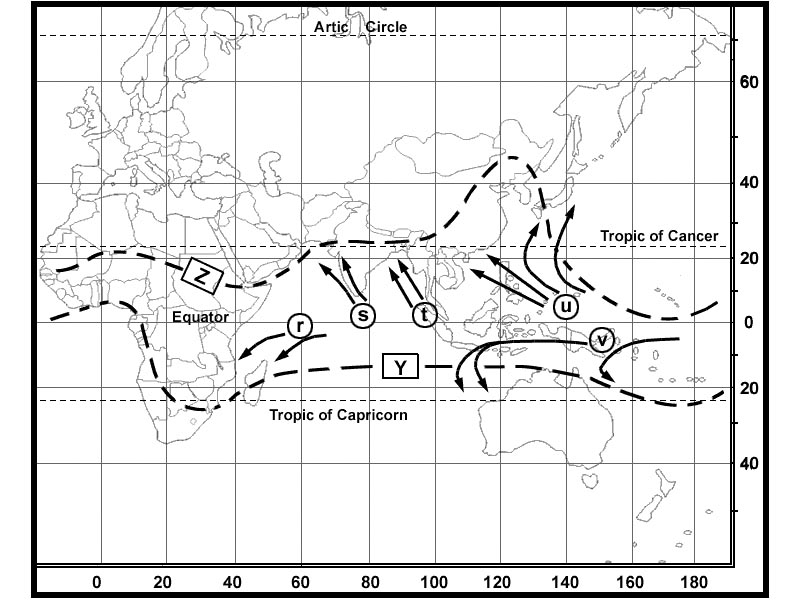 Tvor
Tvor What is the main difference between cat iiia and cat iiib ?
Question 188-10 : Both allows a 'no decision height' dh but require different rvrs only cat iiia have no rvr only cat iiib have rvr only cat iiib allows a 'no decision height' dh
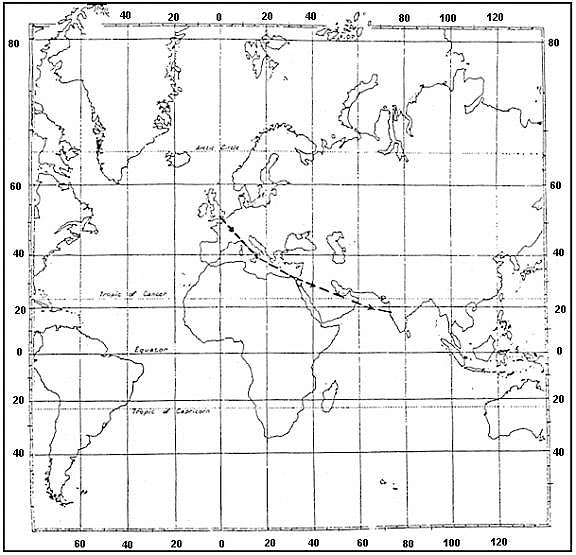 Both allows a 'no decision height' (dh), but require different rvrs.
Both allows a 'no decision height' (dh), but require different rvrs. An error that reduces the bearing accuracy on the adf when the aeroplane is not ?
Question 188-11 : Dip error mountain effect quadrantal error static interference
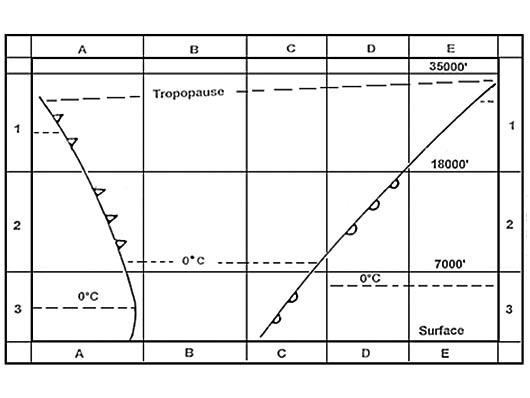 Dip error.
Dip error. The reading of the rmi bearing is 300° at the tip of the needle the magnetic ?
Question 188-12 : 276° 274° 092° 294°
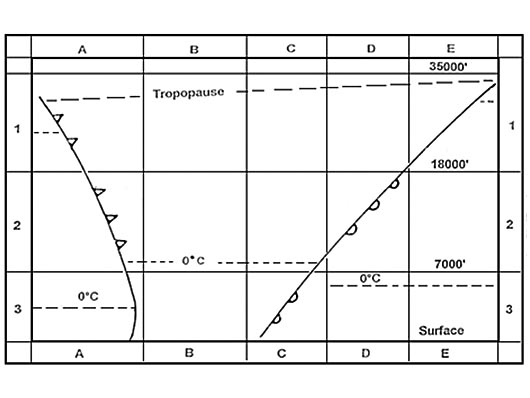 276°
276° The approximate angular coverage of reliable navigation information for a 3° ?
Question 188-13 : 1 35° above the horizontal to 5 25° above the horizontal and 8° each side of the localiser centreline 0 45° above the horizontal to 1 75° above the glide path and 8° each side of the localiser centreline 3° above and below the glide path and 10° each side of the localiser centreline 0 7° above and below the glide path and 2 5° each side of the localiser centreline
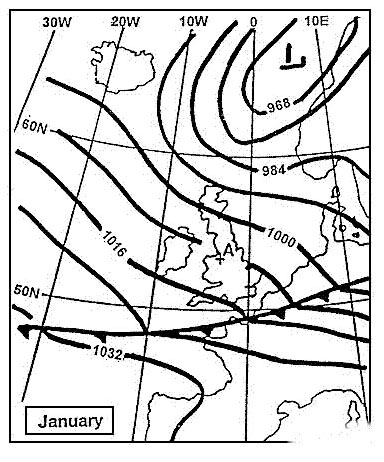 1.35° above the horizontal to 5.25° above the horizontal and 8° each side of the localiser centreline.
1.35° above the horizontal to 5.25° above the horizontal and 8° each side of the localiser centreline. What is the minimum equipment for mls segmented and curved approaches ?
Question 188-14 : Dme/p dme dme/dme pairing loc
 Dme/p
Dme/p Which of the following statements about the mls is correct ?
Question 188-15 : It operates on one of 200 channels in the band 5 03 ghz to 5 09 ghz shf it operates on one of 126 channels within an allocated frequency spread of 960 to 1215 mhz uhf it operates in the vhf band and the frequency allocation is between 108 1 to 111 95 mhz it operates on one of 40 channels in the band 329 15 to 335 mhz uhf
 It operates on one of 200 channels in the band 5.03 ghz to 5.09 ghz (shf).
It operates on one of 200 channels in the band 5.03 ghz to 5.09 ghz (shf). The output data given by a basic vor/dme based area navigation system when ?
Question 188-16 : Cross track distance and distance to go aircraft position in latitude and longitude true airspeed and drift angle wind velocity
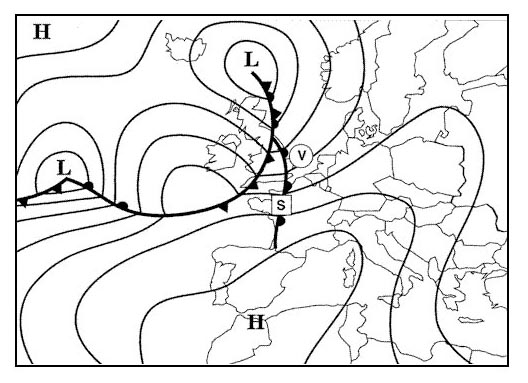 Cross-track distance and distance to go.
Cross-track distance and distance to go. What is correct regarding the sensitive and critical areas of an ils ?
Question 188-17 : The critical area is an area where vehicles including aircraft are prohibited during all ils operations whereas the sensitive area is an area where movement and parking of vehicles including aircraft is controlled during all ils operations the critical area is an area where movement and parking of vehicles including aircraft is controlled during all ils operations the sensitive area is a larger area where the same restrictions apply when aircraft are inside 2 nm on the approach the sensitive area is an area where vehicles including aircraft are prohibited during all ils operations whereas the critical area is an area where movement and parking of vehicles including aircraft is controlled during all ils operations the critical area is an area where vehicles including aircraft are prohibited during all ils operations the sensitive area is a larger area where the same restrictions apply when aircraft are inside 2 nm on the approach
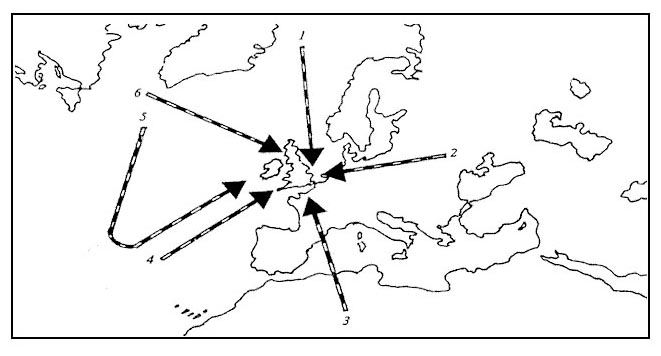 The critical area is an area where vehicles, including aircraft, are prohibited during all ils operations whereas the sensitive area is an area where movement and parking of vehicles, including aircraft, is controlled during all ils operations.
The critical area is an area where vehicles, including aircraft, are prohibited during all ils operations whereas the sensitive area is an area where movement and parking of vehicles, including aircraft, is controlled during all ils operations. What is the function of a marker beacon on an ils approach ?
Question 188-18 : It indicates aircraft's horizontal position during the approach it is used to indicate a requirement to commence the final approach procedure it is used to indicate a requirement to initiate a configuration change it is to indicate aircraft's vertical position in relation to the glide path
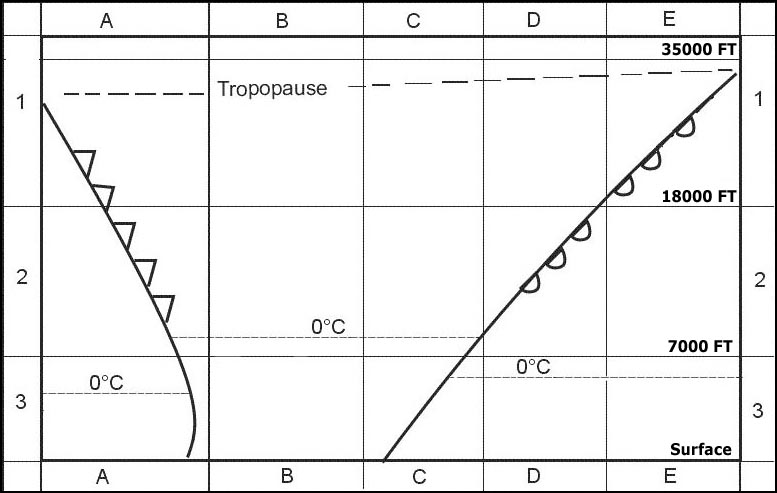 It indicates aircraft's horizontal position during the approach.
It indicates aircraft's horizontal position during the approach. Determine the distance which will be shown on a dme display when the aircraft ?
Question 188-19 : 6 nm 3 nm 4 nm 8 nm
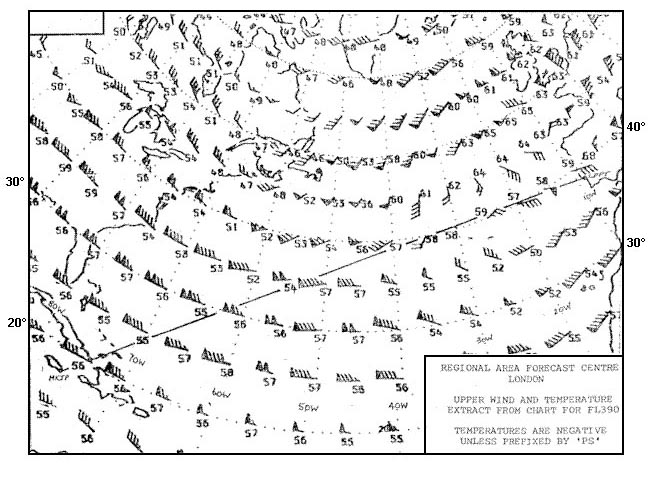 6 nm
6 nm What does the information displayed to pilots when using a microwave landing ?
Question 188-20 : 2d presentation of a 3d segmented approach 1d presentation of a 2d straight in approach 4d presentation of a vertical 3d approach 3d presentation of a 4d curved approach
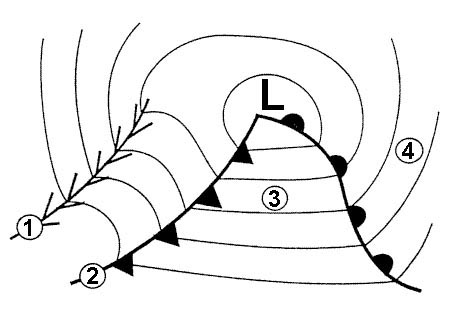 2d presentation of a 3d segmented approach.
2d presentation of a 3d segmented approach. The pilot is plotting the aircraft position using a vor and a dme the dme is ?
Question 188-21 : Circle centered on the dme parabolic arc centered on the dme parabolic arc centered on the vor circle centered on the vor
 Circle centered on the dme.
Circle centered on the dme. A tuned ils can be identified through a morse code which is ?
Question 188-22 : Made audible via the audio control panel in nav decoded in text showing the frequency and runway number made visible through the three flashing marker lights shown on the related ils localiser display
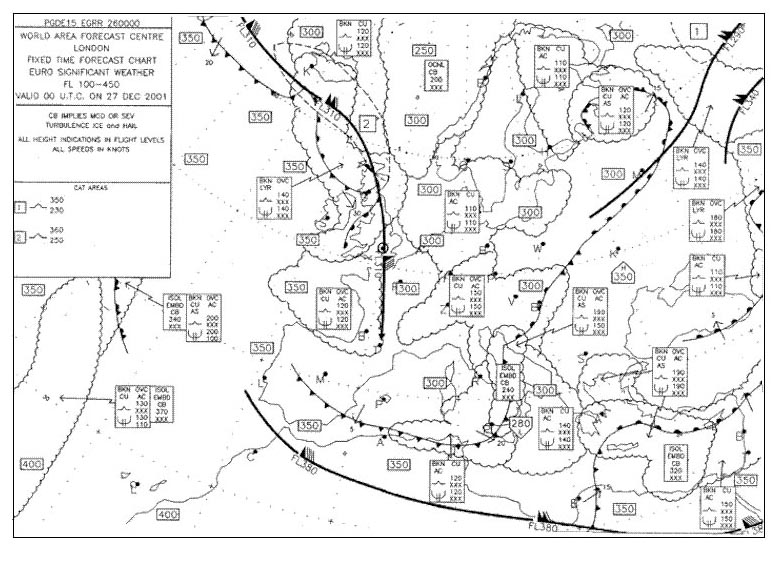 Made audible via the audio control panel in nav.
Made audible via the audio control panel in nav. Determine the true bearing from the ndb to the aircraft given compass heading ?
Question 188-23 : 239° t 059º t 223º t 213° t
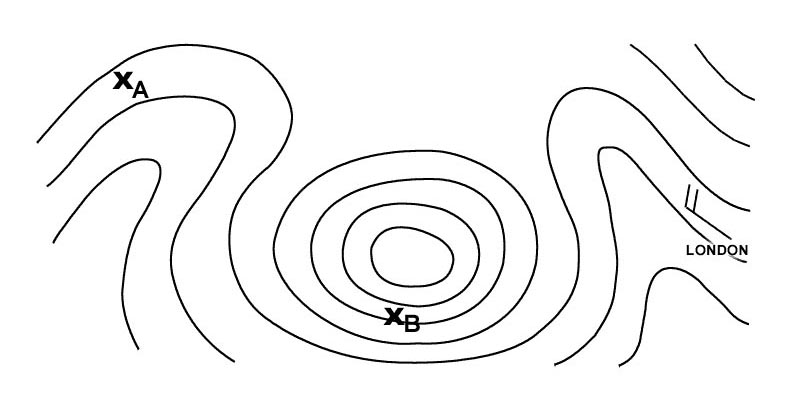 239°(t)
239°(t) What can be obtained on the nav receiver by selecting one vhf frequency in the ?
Question 188-24 : Rho theta information from a terminal vor/dme can be obtained rho theta information from an en route vor/dme station can be obtained theta theta information from en route vors can be obtained rho rho information from an ils/dme can be obtained
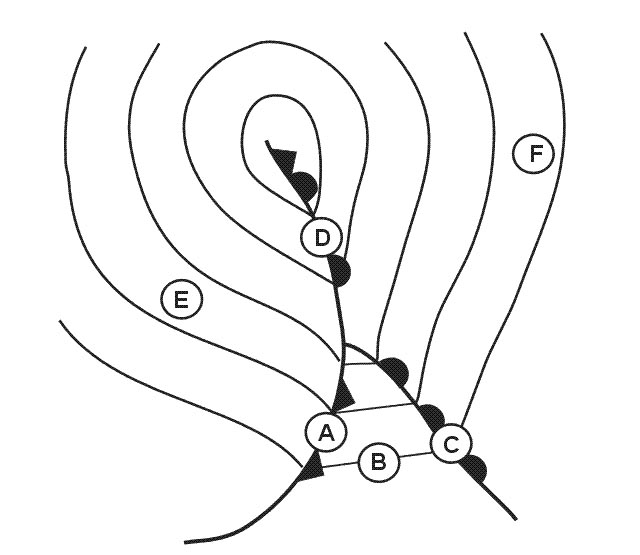 Rho-theta information from a terminal vor/dme can be obtained.
Rho-theta information from a terminal vor/dme can be obtained. What is the difference of cat ii and cat iii ?
Question 188-25 : Only cat iii allows no dh/a only cat iii requires a radio altimeter only cat iii requires no rvr only cat ii requires no rvr
 Only cat iii allows no dh/a.
Only cat iii allows no dh/a. What is true about ils marker beacons ?
Question 188-26 : They are used to check the horizontal distance from the runway they are used to check the altitude at the marker beacon location they have the same colors but have different morse code identifiers marker beacons are only used for cat iii approaches
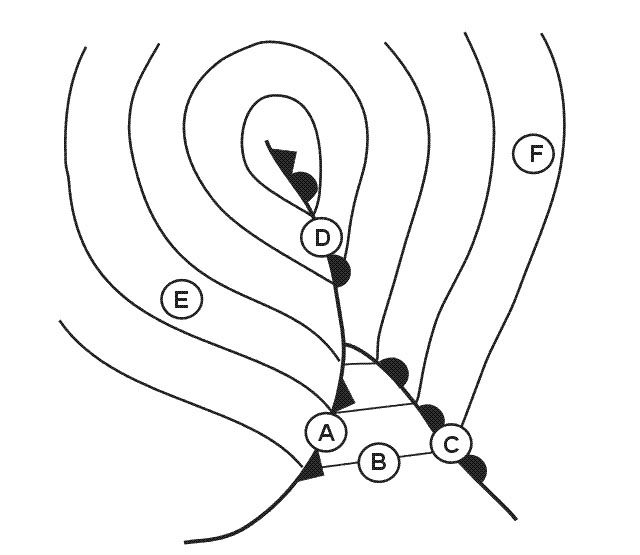 They are used to check the horizontal distance from the runway.
They are used to check the horizontal distance from the runway. Ils marker beacons send out a morse code for identification purposes where can ?
Question 188-27 : The audio control panel in nav flashing lights of the marker beacons the ils display system the ndb ident close to the runway
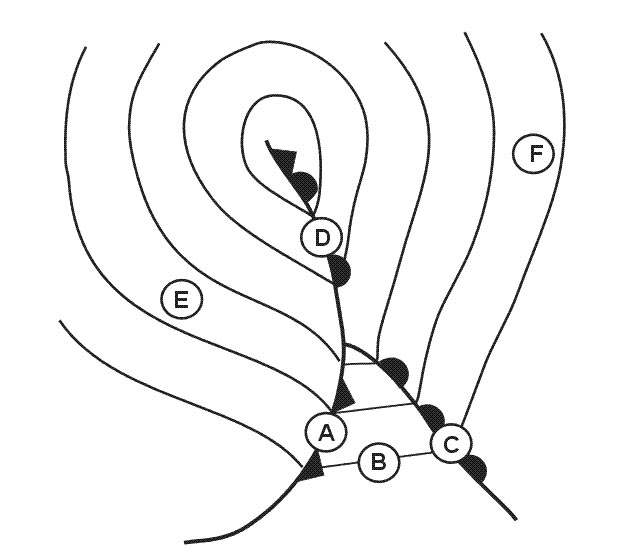 The audio control panel in nav.
The audio control panel in nav. An aircraft is on hdg 030 and on a qdm 320 to an ndb turning left towards the ?
Question 188-28 : Dip coastal refraction multipath effect quadrantal error
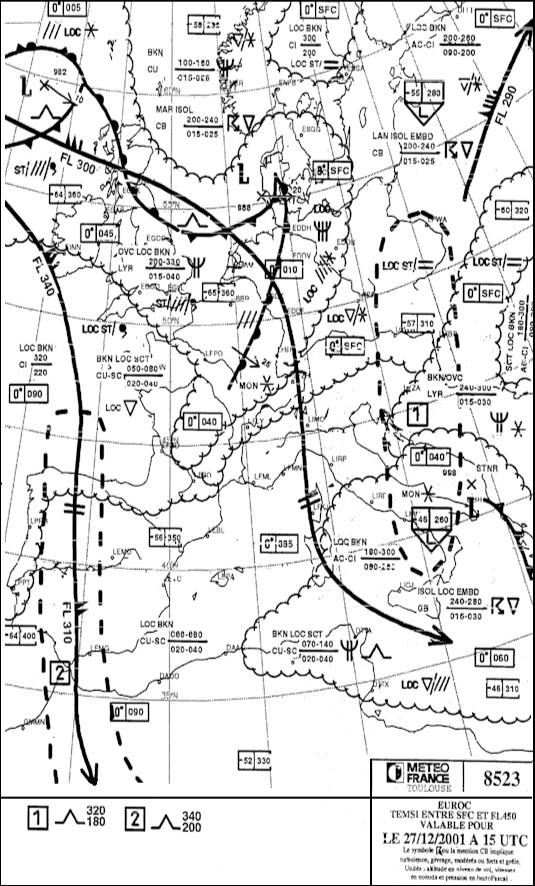 Dip.
Dip. A crew is briefing for a procedural vor approach that requires a procedure turn ?
Question 188-29 : 260° turn to the right to intercept the inbound track timed straight leg without track guidance and a 180° turn to the right to intercept the inbound track timed turn to the left to intercept the inbound track timed straight leg without track guidance and a 180° turn to the left to intercept the inbound track
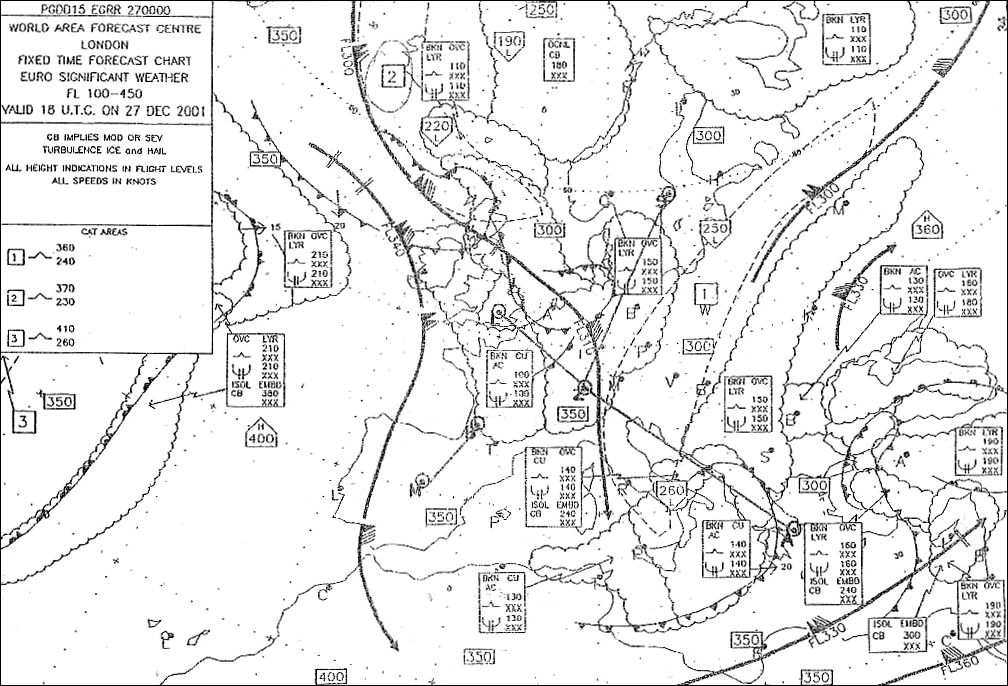 260° turn to the right to intercept the inbound track.
260° turn to the right to intercept the inbound track. According to the ils coverage area as defined by icao annex 10 the pilot will ?
Question 188-30 : 20 nm from the threshold on an inbound course and 8º displaced from the localizer centreline 10 nm from the threshold on an inbound course and 38° displaced from the localizer centreline 19 nm from the threshold on an inbound course and 13° displaced from the localizer centreline 27 nm from the threshold on an inbound course and 8° displaced from the localizer centreline
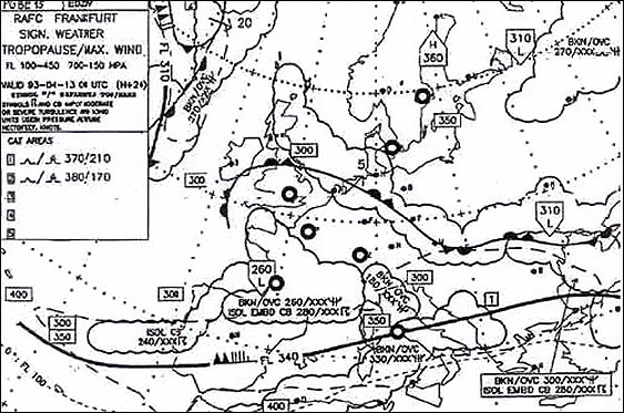 20 nm from the threshold on an inbound course and 8º displaced from the localizer centreline.
20 nm from the threshold on an inbound course and 8º displaced from the localizer centreline. What does the class letter associated with vdf bearings relate to ?
Question 188-31 : Level of accuracy any one of the q code depending on the pilot’s request availability of vdf station qdm
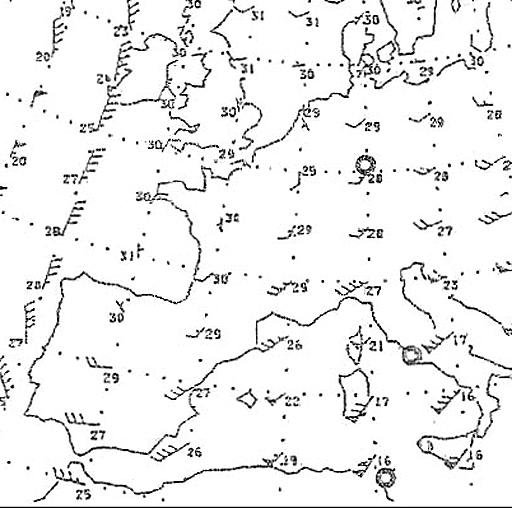 Level of accuracy.
Level of accuracy. According to icao doc 8168 the maximum safe deviation below the glide path ?
Question 188-32 : Initiate a go around act at the discretion of the commander in any case try to get back to the correct glide path act at his/her discretion pilot's discretion
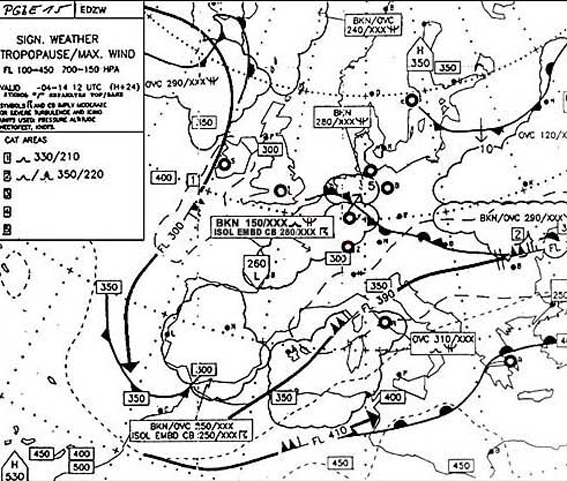 Initiate a go-around.
Initiate a go-around. An aircraft is flying a magnetic heading of 120º and the rbi shows the ndb at ?
Question 188-33 : The magnetic bearing to the beacon is 030º turning into a magnetic heading of 030º the magnetic bearing from the beacon will be 030º the magnetic bearing from the beacon is 030º turning into a magnetic heading of 030º the magnetic bearing to the beacon will be 210º
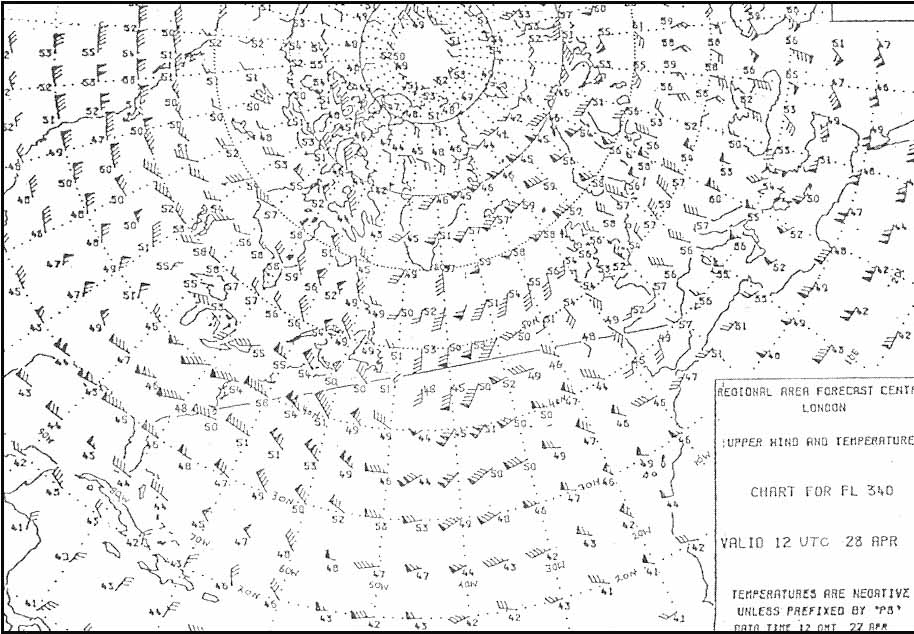 The magnetic bearing to the beacon is 030º.
The magnetic bearing to the beacon is 030º. Preparing for the approach the flight crew tune two ndb frequencies which are ?
Question 188-34 : Ndb1 has a greater range as range depends on frequency not power the ndb with the higher frequency has the greater range ndb2 has the greater range ndb1 and ndb2 have the same range
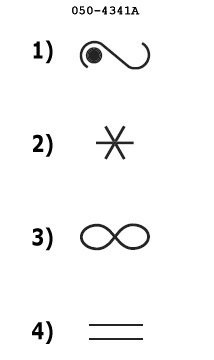 Ndb1 has a greater range.
Ndb1 has a greater range. Under what circumstances would an adf bearing be affected by dip error ?
Question 188-35 : The aircraft banking the ndb being on a bearing at 45° to the aircraft’s longitudinal axis the aircraft banking or accelerating the aircraft flying at a low level in a mountainous area
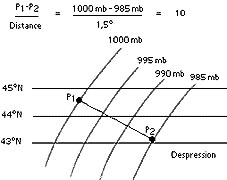 The aircraft banking.
The aircraft banking. Which of the following procedures is used to identify an ndb station ?
Question 188-36 : In case of a2 modulation use the adf function in case of a3 modulation use the vhf com function in case of n0n modulation use the bfo function in case of a1 modulation use the ant function
 In case of a2 modulation, use the adf function.
In case of a2 modulation, use the adf function. How do you tune mls system in your aircraft select two of the following ?
Question 188-37 : 2 and 4 1 and 2 2 and 3 1 and 3
 2 and 4.
2 and 4. The vdf class letter indicates the accuracy of the bearing information in terms ?
Question 188-38 : Angle in degrees width in minutes time in seconds range in nm
 Angle in degrees.
Angle in degrees. Navigating to an ndb at dusk you notice the adf needle swinging erratically ?
Question 188-39 : Interference occurs between the ground wave and sky wave causing the signal to fade when the two waves are out of phases sky waves are amplified by the ionosphere which causes the adf needle to alternate between the sky wave and the ground wave the ionospheric reflections travel shorter distances than the ground signal which causes fading of the signal when they interfere interference between the ground wave and sky wave which causes fading when the signals arrive at the receiver in phase
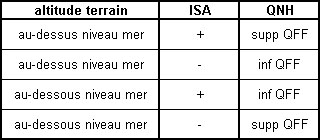 Interference occurs between the ground wave and sky wave causing the signal to fade when the two waves are out of phases.
Interference occurs between the ground wave and sky wave causing the signal to fade when the two waves are out of phases. It is expected for pilots to apply wind correction angles to the aircraft ?
Question 188-40 : The head or tail of the needle may point slightly left or right of the top of the instrument when maintaining the appropriate qdm or qdr once the aircraft is established on the depicted track the head or tail of the needle will point straight up on the instrument regardless of wind conditions the head of the needle will be pointing at 3600 when the aircraft is established on the inbound or outbound track the relative bearing will be equal to the wind correction angle required to maintain the depicted track towards or away from the ndb
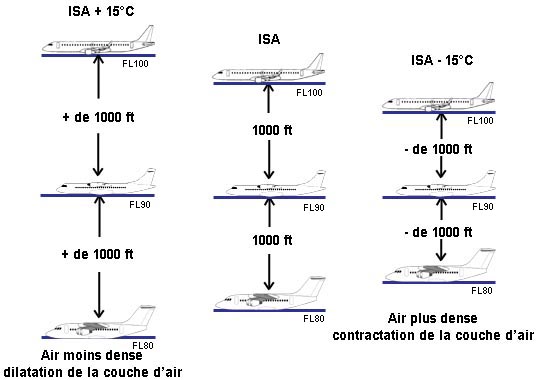 The head or tail of the needle may point slightly left or right of the top of the instrument when maintaining the appropriate qdm or qdr.
The head or tail of the needle may point slightly left or right of the top of the instrument when maintaining the appropriate qdm or qdr. ~
Exclusive rights reserved. Reproduction prohibited under penalty of prosecution.
7479 Free Training Exam
